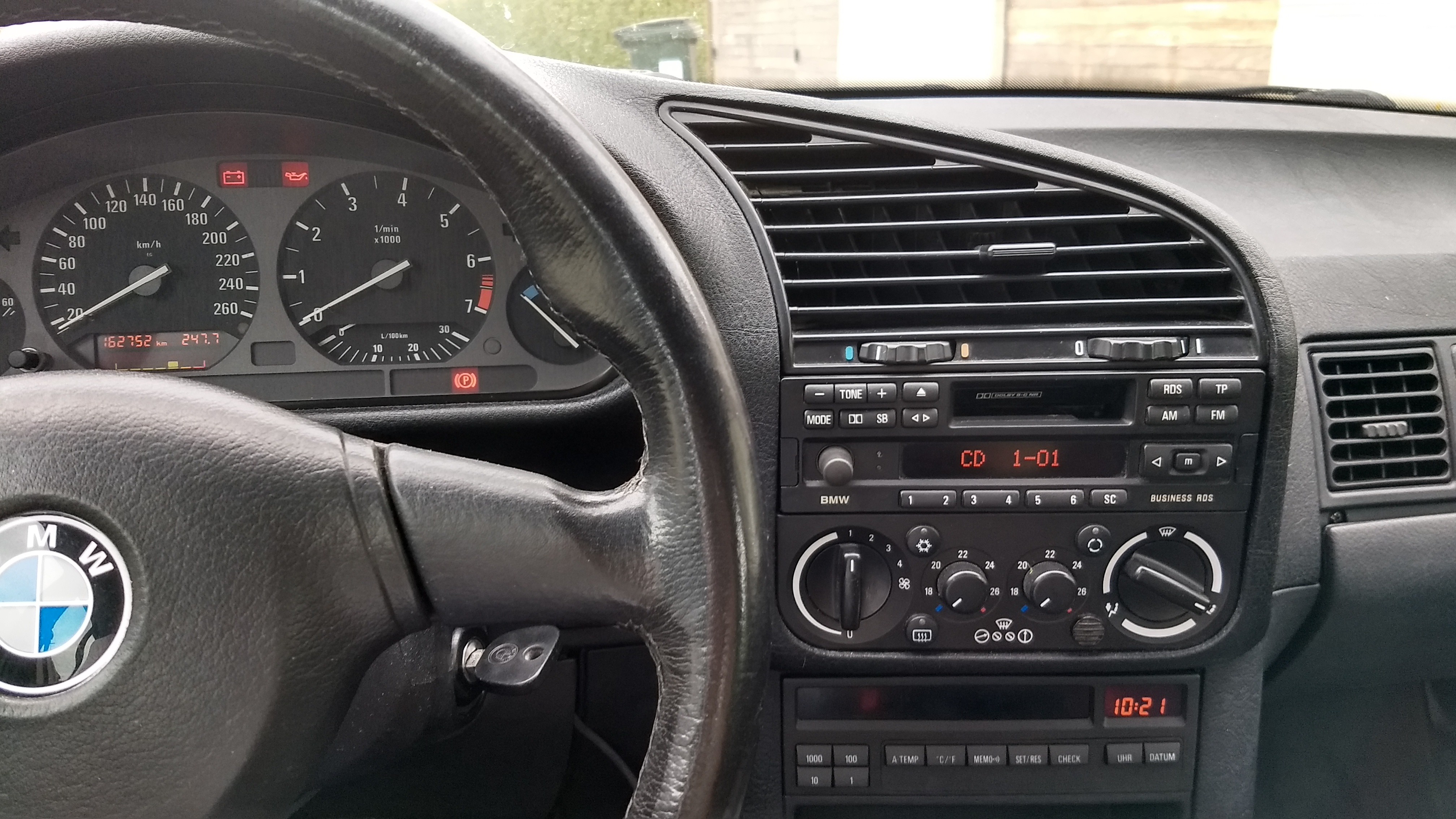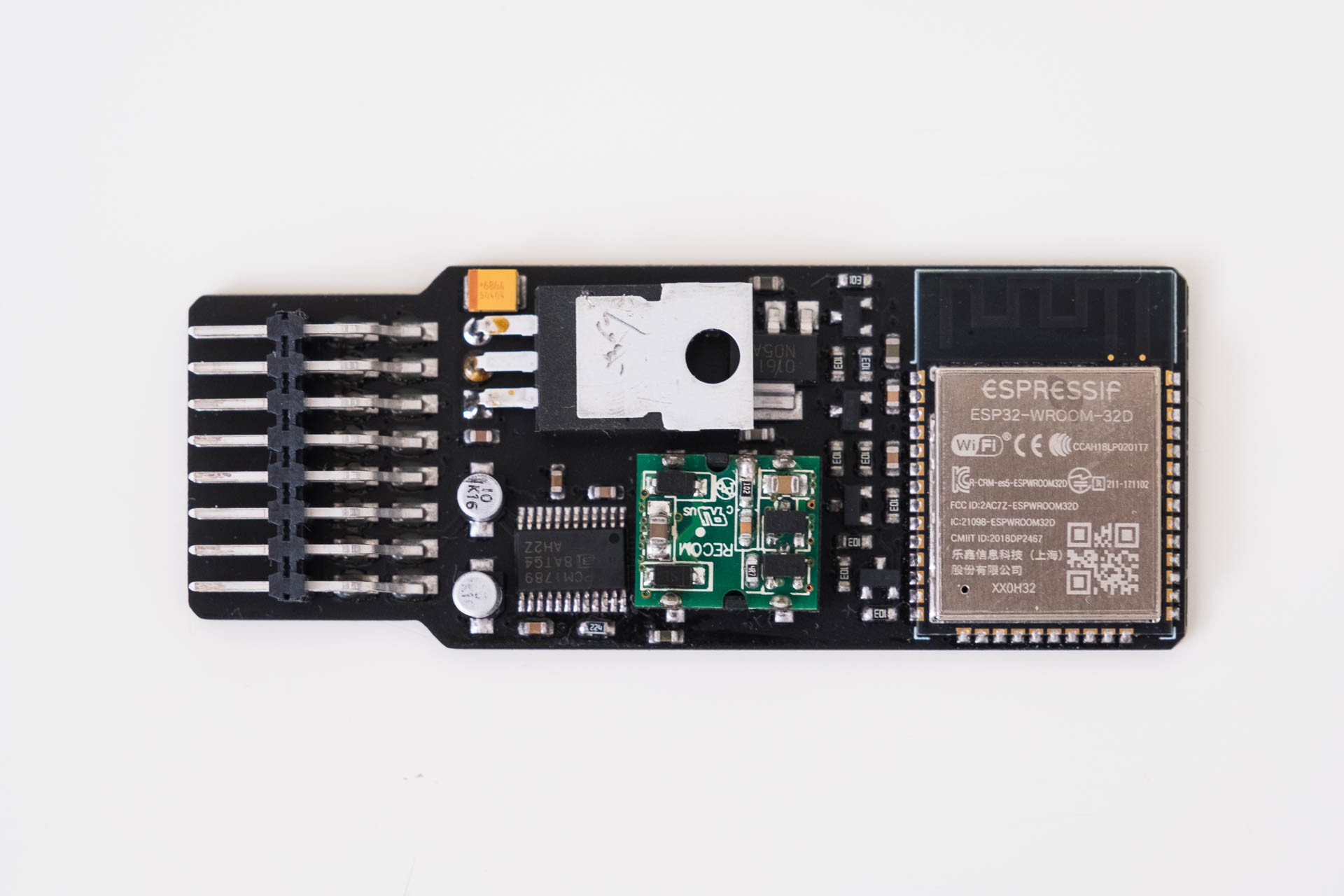This adapter enables Bluetooth functionality in classic BMW cars while keeping the dashboard and head unit original by reverse engineering and emulating the CD changer interface.

All info can be found in the build logs.

In this project I reverse engineer the interface of my BMW CD changer and replace it by my own Bluetooth PCB to play music from my phone :).